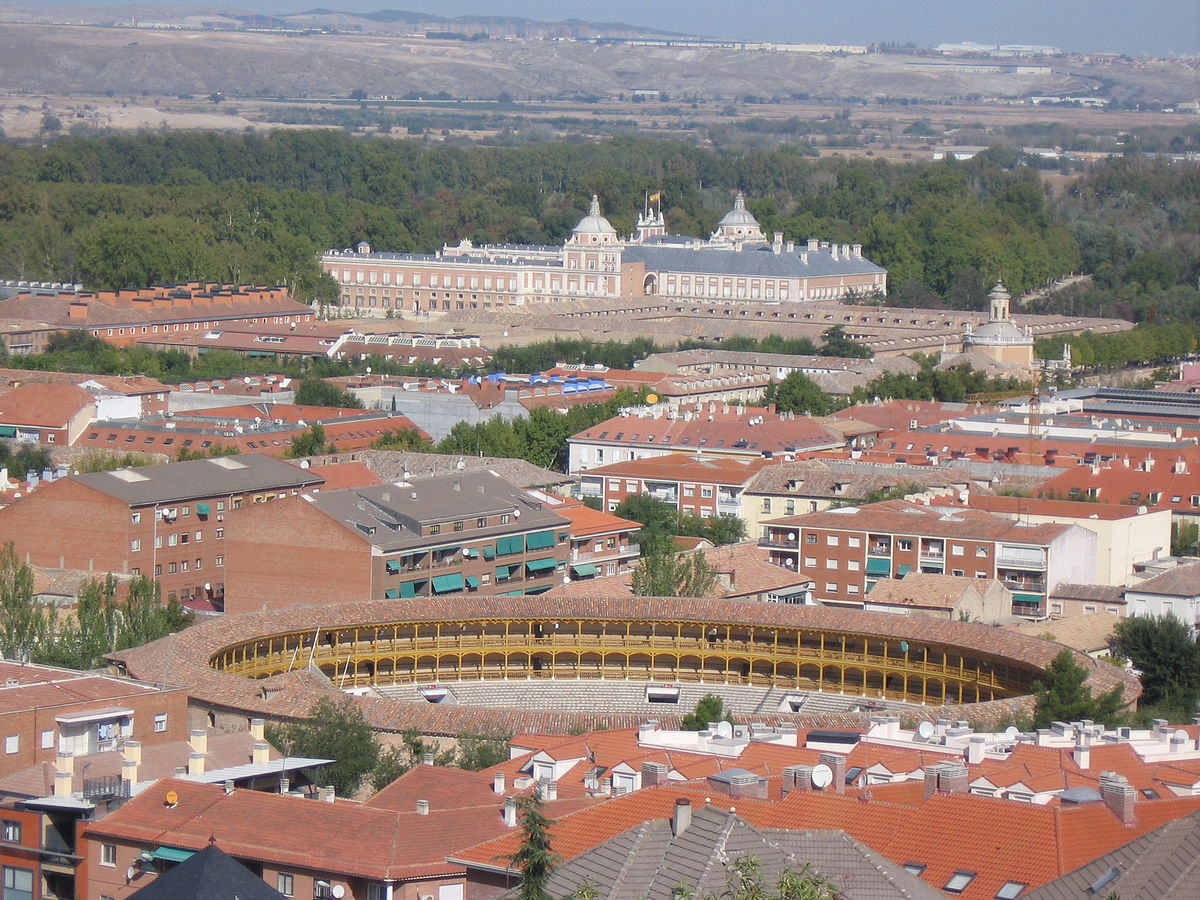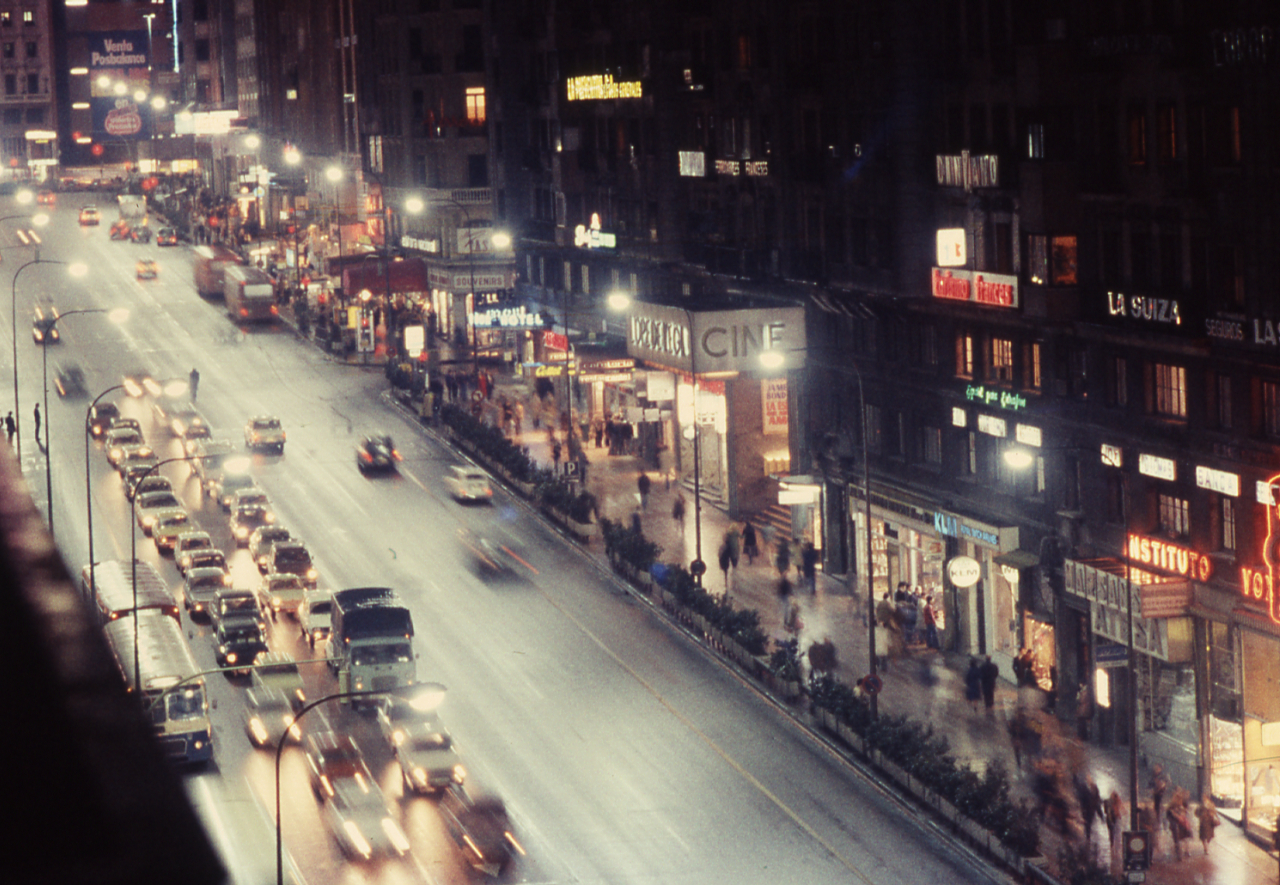Casino Gran Madrid Wikipedia
| Casino de Madrid | |
|---|---|
| Native name Spanish: Casino de Madrid | |
| Location | Madrid, Spain |
| Coordinates | 40°25′04″N3°42′01″W / 40.417777°N 3.700228°WCoordinates: 40°25′04″N3°42′01″W / 40.417777°N 3.700228°W |
| Architect | José López Sallaberry |
| Official name | Casino de Madrid |
| Type | Non-movable |
| Criteria | Monument |
| Designated | 1993 |
| Reference no. | RI-51-0006877 |
Location of Casino de Madrid in Spain | |
Casino Gran Madrid Wikipedia, ielts slots india, fratele slot, does little river casino have a poker room L'Auberge Casino Hotel Lake Charles Located along the Lake Charle Boardwalk and overlooking Casino Gran Madrid Wikipedia the Lake, L'Auberge Spa Resort Lake Charle offers a variety of pool locations. Madrid (/ m ə ˈ d r ɪ d /, Spanish: maˈðɾið) is the capital and most-populous city of Spain.The city has almost 3.3 million inhabitants and a metropolitan area population of approximately 6.5 million.
The Casino de Madrid (Spanish: Casino de Madrid) is currently located in Madrid, Spain on number 15 Calle de Alcalá. It was born as a social club in 1836, outside of politics and with the intention of being a place where its members could congregate in peace. It was declared Bien de Interés Cultural in 1993.[citation needed]
Casino Gran Madrid Wikipedia Shqip
History[edit]
The year 1836 is the official start of the club's activities because it was then it was endowed, for the first time, with internal statutes and regulations. The Casino arose at a time in which the spirit of association was appearing in Europe. This period was marked by the creation of new societies that abandoned the traditional 18th century institutional model based on enlightened academies that were created for the recreation of the upper classes. The Casino had in its beginnings in several venues, all of them located throughout diverse premises in central Madrid. The name of the society also underwent changes, starting as simply Casino, later being designated Casino del Príncipe (due to its initial location on calle del Príncipe), until finally adopting the name 'Casino de Madrid'.[citation needed]The austere decoration of the first Society location was replaced by progressively more elegant and luxurious locales. The birth of the Casino coincided with a political period of transition in which the liberal state arose in Spain from the Old Regime. Hence the Casino, being a liberal organization, became a model to follow in provincial capitals in the Spain of the late 19th century.
It would not be until the year 1910 (after a long construction process that lasted five years) that it would move into its current headquarters on Calle de Alcalá, just when the casino was reaching a thousand members. This casino venue is a richly decorated building that offers various luxury social services to its club members. The headquarters of the Casino became a space for the representation of the Madrid elite of the time, capable of generating social capital among its members. The premises of Calle de Alcalá were, in short, a meeting point for the club members. At the end of the 20th century, it underwent a period of decline which was escaped by a rethinking in the management of the Society: The coexistence of the activity of the partners with private social activities managed by a concession company called Gran Círculo. This company is in charge of the operation of some of the services of the Casino. In 1993 the building and its content were declared an Bien de Interés Cultural. At present it is a space that hosts various social events, such as celebrations, conferences, and official visits. All of them coexisting with the society of current club members.
References[edit]
| Type | Street |
|---|---|
| Length | 1.3 km (0.8 mi) |
| Location | Madrid, Spain |
| East end | Calle de Alcalá |
| Major junctions | Calle de la Montera, Calle de Fuencarral, Plaza del Callao, Calle de San Bernardo |
| West end | Plaza de España |
The Gran Vía ('Great Way') street is an urban esplanade in central Madrid, Spain. It leads from Calle de Alcalá, close to Plaza de Cibeles, to Plaza de España. The street, sometimes referred to as the 'Spanish Broadway', is one of the city's most important shopping areas, with a large number of hotels and large movie theatres; however, since the late 2000s, many of these theatres have been replaced by shopping centres.
The Gran Vía serves as a showcase of early 20th-century revival architecture, with architectural styles ranging from Vienna Secession style, Plateresque, Neo-Mudéjar, Art Deco, among others.[1]
History[edit]
Conception[edit]
In the mid 19th century, Madrid's urban planners determined that a new thoroughfare should be created, connecting the Calle de Alcalá with the Plaza de España - similar to Haussmann's renovation of Paris. The project called for the demolition of many buildings in the centre of the city, earning the project the name of 'an axe blow on the map'. Decades after the first plans were revealed, ground-breaking and construction tarried causing the media to ridicule the project, cynically calling it the 'Gran Vía' or 'Great Way' or 'Big Way'. Finally in 1904 it was approved and construction started in 1910. The last part of the street was completed in 1929. At the end of March in 2018, the city council of Madrid began the pedestrianization of a lane in each direction in a plan to extend sidewalks and remodel some squares around the street. This was related to the introduction of Madrid Central, a Residential Priority Area, later in 2018.
Names[edit]
The Gran Vía of Madrid has had many historical names, both official and unofficial. Conception divided the road in three parts. The first one was built between 1910 and 1917 and was called Calle del Conde de Peñalver ('Count of Peñalver Street'). The second part of the project commenced on 1917 and concluded on 1921. It was named Calle de Pi y Margall ('Francisco Pi y Margall Street') after a deceased politician. Construction of the third and last part of the road did not start until 1925 and was called Calle Eduardo Dato Iradier ('Eduardo Dato Street') after another politician.
Three months before the Spanish Civil War began, the Second Spanish Republic changed some street names under leftist influence. The two first parts of the avenue were called Avenida de la C.N.T. ('C.N.T. Avenue'). When the Civil War started, the avenue was renamed Avenida de Rusia ('Russia Avenue') due to the support of this country for the Spanish Republic, but soon its name would be changed to Avenida de la Unión Soviética ('Soviet Union Avenue'). However, the avenue was popularly nicknamed as Avenida de los obuses ('howitzer avenue') because of the continued bombardments by the Nationalist forces loyal to Francisco Franco. The reason for these attacks in this area was that the 'Edificio de Telefónica' (the Spanish phone company) is in this street, due to its height it served the aviation as a reference point during shellings.
Just after the end of the war when the rebels entered Madrid, they renamed the road Avenida de José Antonio ('José Antonio Avenue') after one of their greatest political figures, founder of the fascist party, Falange. It wouldn't be until 1981, under Spain democracy, when the socialist mayor restored the names of 27 streets and the avenue was simply named Gran Vía ('Great Way').

Notable buildings[edit]

The new road created opportunities for architects, who had the opportunity to create large buildings in the latest architectural styles. The first eye-catching building starting from the Calle de Alcalá is the most famous of all, the Edificio Metrópolis or Metropolis Building. The landmark was built between 1907 and 1911 by the father and son architects Jules and Raymond Février. The original statue, La Unión y el Fénix was replaced in 1975 by a statue of a winged Goddess Victory.
A bit further along the Gran Vía, on the left-hand side is another landmark, the Edificio Grassy, another corner building with a small tower, built-in 1917. Visible from here is the tower of the Telefónica Building, the first European skyscraper; it was built between 1926 and 1929 for the Spanish telecommunications company. The 88-metre (290 ft) building was the tallest in Madrid and was designed by the American Louis S. Weeks.
Others buildings include:


Plazas[edit]

Farther towards the Plaza de España, the Gran Vía crosses a small square, the Plaza del Callao, named after the battle of El Callao. This square is the heart of cinematic Madrid, with about six movie theatres. One of them, the Capitol, is located in a beautiful Art Deco building. However, recent changes in building rules have allowed the reform of the theatres into more lucrative shopping centres.
The last part of the Gran Vía, constructed between 1925 and 1929 leads to the Plaza de España, a large square dominated by two skyscrapers built in the 1950s, the symmetric Edificio España and the Torre de Madrid. Here the Gran Vía becomes the Calle Princesa, leading north to the Arco de la Victoria.
In media[edit]
- La Gran Vía (1886) by Federico Chueca is a satirical zarzuela in which the anthropomorphized streets of Madrid complain about how the city will lose by their destruction and replacement by the new project.[2]
- In a scene of the Álex de la Iglesia's 1995 sci-fi/horror film The Day of the Beast, Santiago Segura hangs above Gran Vía from the iconic neon advertisement for Schweppes on Edificio Carrión/Capitol.[3]
- The opening scene of Alejandro Amenabar's 1997 film Open Your Eyes famously features a shocking view of the Gran Vía completely empty of vehicles and people. This was filmed in the early morning of a weekend in August 1996, and the street had to be intermittently closed off to traffic for six hours to achieve it.[4] This shot was later recreated for the American remake, Vanilla Sky, at Times Square, New York.
- Gran Via is also the title of the 1995 album by Matt Bianco.
- The Sun Also Rises by Ernest Hemingway ends with Jake and Brett in a taxi on Gran Via.
- At the end of Georges Conchon's 1959 novel 'La Corrida de la victoire' (published in English as 'The Hollow Victory') the protagonist - a former soldier of the Spanish Republic, fleeing Spain after Franco's victory - takes the quixotic and defiant gesture of openly walking one last time along the Gran Vía in August 1939, at a considerable risk to his life since captured Republicans were at this time often shot out of hand.
References[edit]
Casino Gran Madrid Wikipedia Biografia
- ^'100th anniversary of Gran Vía. Architecture. (In Spanish)'. elmundo.es. Retrieved 2010-04-02.
- ^Baker, Edward (2009). Madrid cosmopolita: la Gran Vía, 1910-1936 (in Spanish). Marcial Pons Ediciones de Historia. ISBN978-84-92820-11-5.
- ^Hortelano, Lorenzo J. Torres (2012-02-02). World Film Locations: Madrid. Intellect Books. ISBN978-1-84150-593-0.
- ^'Así consiguió Amenábar cortar la Gran Vía para grabar la mítica escena de 'Abre los ojos''. abc (in Spanish). Retrieved 2016-04-20.
External links[edit]
- Media related to Gran Vía, Madrid at Wikimedia Commons
Route map:
- Gran Via entry on A View On Cities - Source
- Gran Vía guide and history – Madrid Council[permanent dead link]